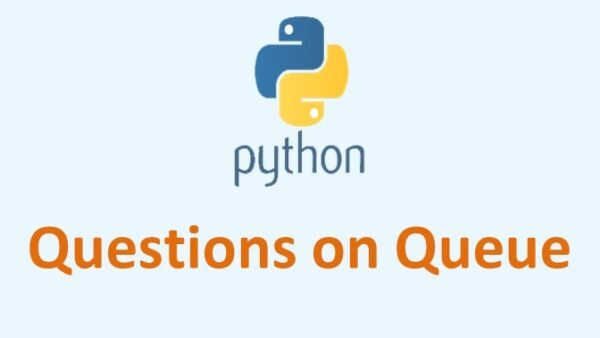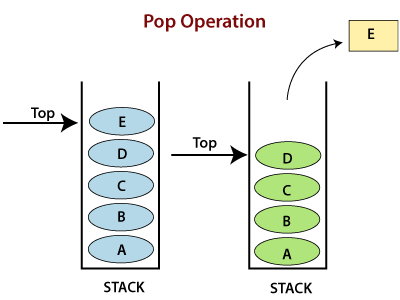
You can only remove the book that was added last, following the LIFO approach. Meanwhile, a stack of books is a classic example of a stack data structure. The print jobs are processed in the order they were received, adhering to the FIFO approach. A print queue perfectly embodies a queue data structure. To solidify your understanding, let’s consider a couple of real-world examples. In contrast, a stack prioritizes the removal of the newest element (the one most recently added). In a queue, the oldest element (the one that has been in the queue the longest) is removed first. The principal difference between a queue (FIFO) and a stack (LIFO) is the removal order of elements. The last pancake placed on the stack is the first one to be picked up.Įxample of a stack operation using lists: stack = Think of it as a stack of pancakes at a breakfast buffet. This is the Last-in-First-out (LIFO) approach. The first person to join the line is the first one to enjoy the ride.Įxample of a queue operation using lists: queue = Ĭontrarily, a stack is a data structure where elements are both added and removed from the same end. Let’s relate it back to our theme park analogy: a queue is like the line for a roller coaster ride. This approach is known as First-in-First-out (FIFO). What is a Queue?Ī queue is a type of data structure where elements are added at one end (termed the ‘rear’) and removed from the other end (the ‘front’). These structures are the cornerstone of numerous intricate algorithms and systems in computer science.

This article will delve into the power of deque in Python, exploring its efficiency, versatility, and unique traits. The deque() function, part of Python’s collections module, offers significant advantages over lists when it comes to implementing queues and stacks. This is where Python’s deque() function comes into play. Now, imagine if you could have a line that could function as both a queue and a stack, efficiently handling people coming in and out from both ends.

There are two types of lines you can join – one for the roller coaster, where the first person in line gets to ride first (a queue), and another for the Ferris wheel, where the last person who joined the line gets to ride first (a stack).

However, there are situations where lists may not be the most efficient tool for the job. Lists are simple, intuitive, and highly flexible, making them the go-to choice for many programmers.

Are you familiar with the concept of queues and stacks in data handling? If so, you’ve likely used lists in Python to manage these structures.


 0 kommentar(er)
0 kommentar(er)
